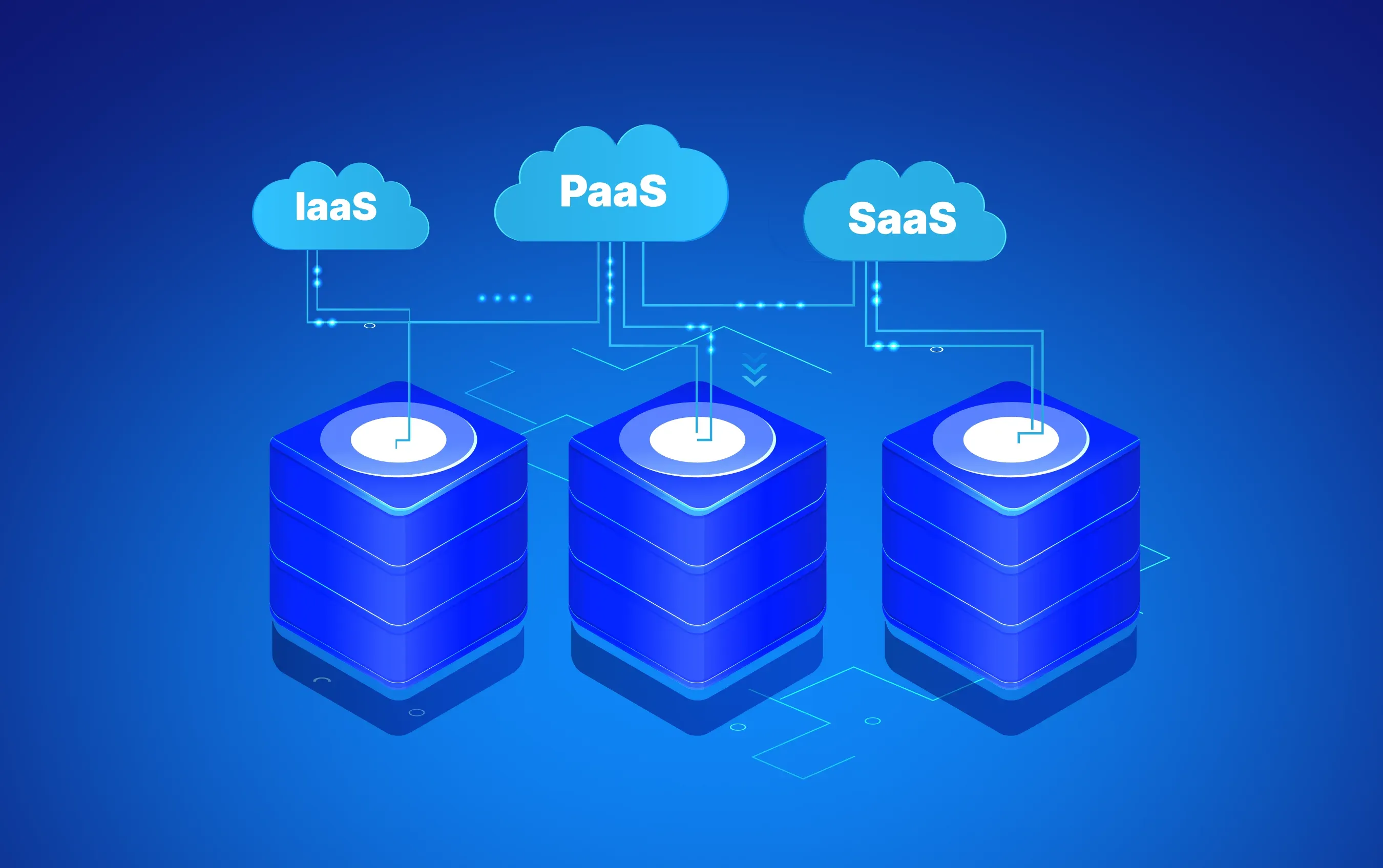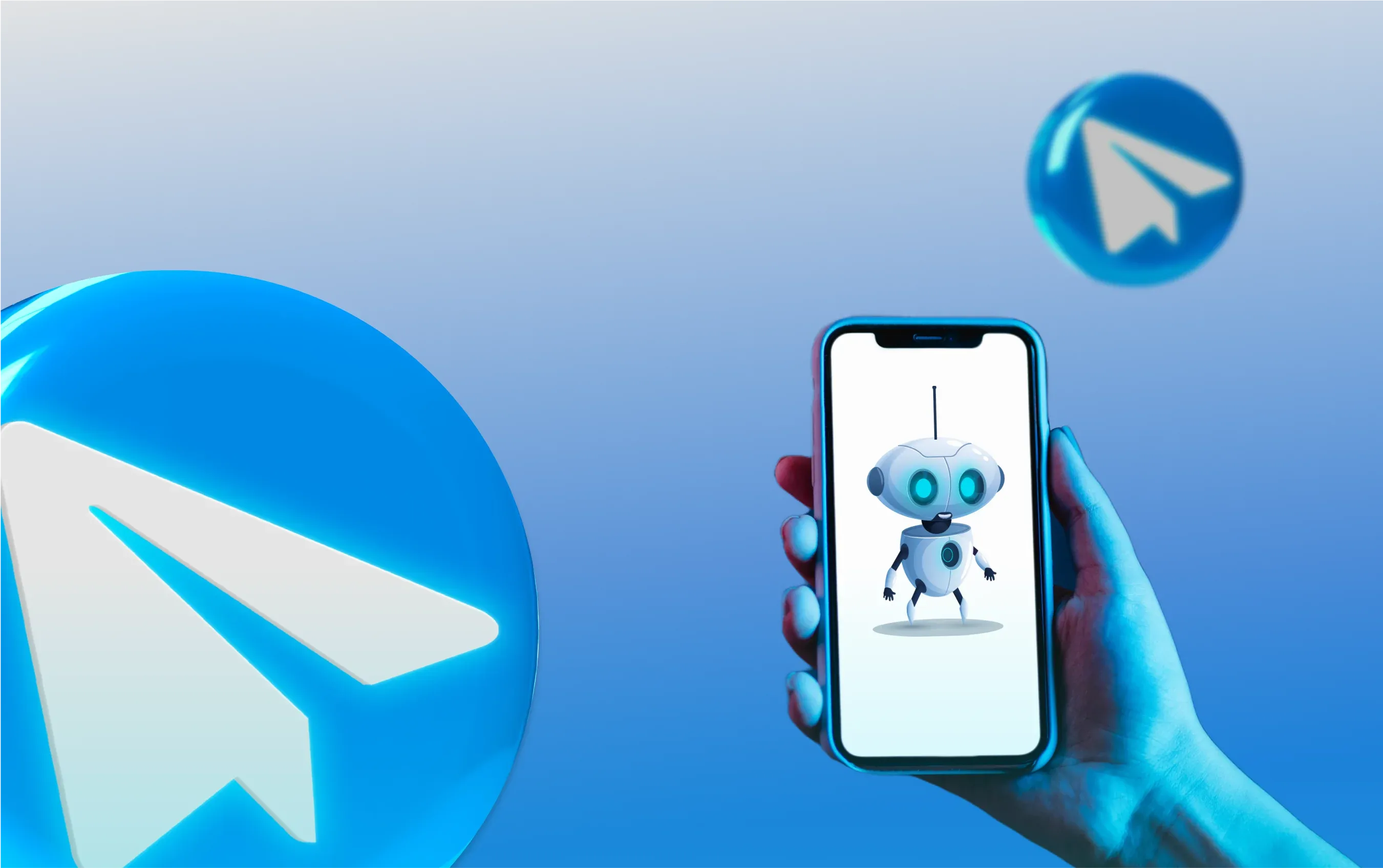
A proof of concept is a quick, focused build to check if a certain idea or technology can work. It’s only for internal use and isn’t meant for customers. A prototype is a visual or interactive draft of the product that shows how it might look and feel to use, helping refine design and usability before the coding process starts.
You can, but it’s risky. Without a PoC, you won’t know if the technology works. Without a prototype, you can’t be sure users will understand or enjoy using it. Skipping those steps can lead to expensive fixes after launch.
A PoC can be done in a few days or weeks, depending on the complexity of the test. A prototype usually takes a few weeks, especially if you plan to test different designs. An MVP takes the most time, from several weeks to a few months, since it’s a working product ready for real users.
No. An MVP is complete enough to solve the main problem for your intended users. It’s fully functional for its core purpose and launched to gather feedback before adding more features.
It depends on the size and complexity of the project. A PoC is usually the least expensive because it only tests one specific thing. Prototypes vary, with simple sketches or wireframes being much cheaper than detailed, interactive designs. An MVP costs more because it’s built for actual use, with all the work needed to make it functional and stable.
Previous insight





